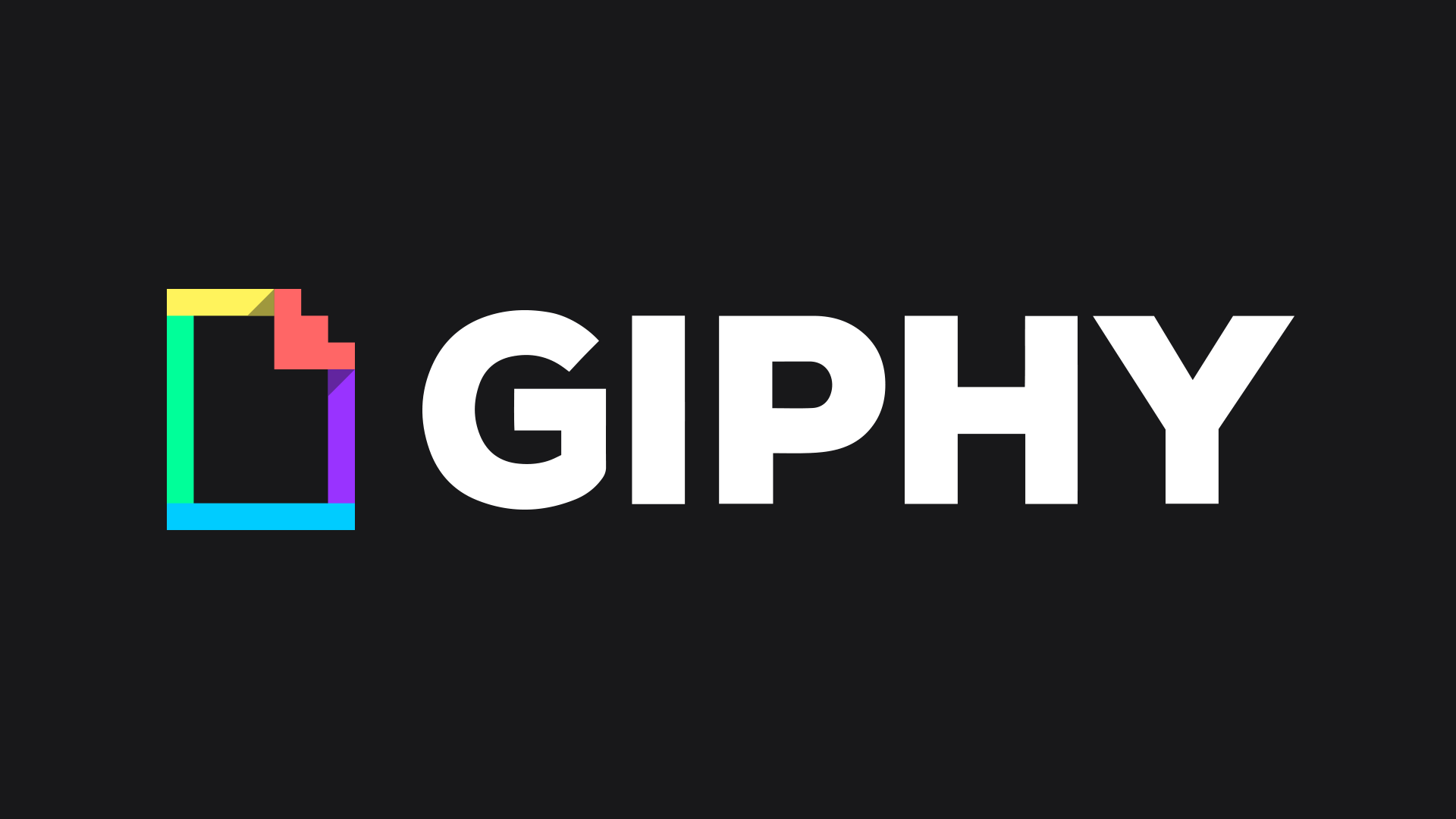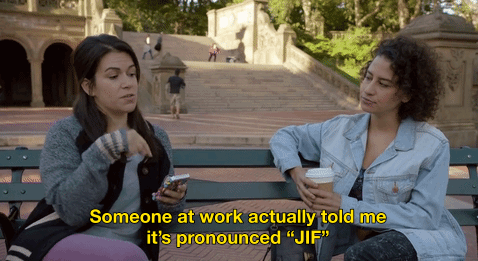
A Google for GIFs? How Giphy plans to turn GIFs into profits
Founder also suggests 'maybe it's time to leave 'jif' in the past and go with 'gif''

A graphics interchange format or GIF, is a file type that allows very short moving images. It was invented 29 years ago but has taken off in recent times and is often used for comedic effect in messaging apps.
New York-based Giphy is able to create GIFs and host them on a searchable database on its site and has also integrated with the likes of messaging app Slack and social media platforms Facebook and Twitter.
Earlier this year, the company raised US$55 million, reportedly valuing it at US$300 million, perhaps surprisingly high for a company not making any money. So how is it planning to monetise?

To understand this, you have to understand the potential of this business model, according to one of the founders.
"The whole premise underneath all these products - the web, all the integrations we do, apps we power, the messaging services we enhance - it's all a search experience. And what we deliver in that search experience is a result, and our result is something that ticks off an interesting Venn diagram of information, search result, content, entertainment and communication," Adam Leibsohn, chief operating officer at Giphy says.
"So we have a search query and a search result. And we are the biggest search engine inside of messengers that anyone has ever built. And so we are a big search engine, you can look at other search engines about how money gets made."
Leibsohn did not explicitly compare the business to Google - the U.S. search giant - but his comments did hint at what potential revenue streams could be. Like Google, Giphy could monetise via sponsored GIFs, instead of sponsored search results. For example, if you search for a GIF about burgers, a McDonald's GIF could appear.
Another key part of the business is how Giphy integrates with a number of messaging apps. Currently, advertisers do not have access to Slack for example, but potentially could do through GIFs.
To do this, Giphy has "special partnerships" with TV networks, film studios and other content producers in order for it to be able to make GIFs around their characters or films. It can partner with live events in order to allow them to make GIFs on-the-go.
"We have done some very special partnerships and it has allowed us to create really strong relationships with these companies. It helps them get their content in more and more places, places where you can't even buy ads," Leibsohn said.
Giphy is not booking ads or working to monetise the platform yet, but Leibsohn explains that all the content - such as that from movie studios or sports leagues - is in essence branded content.
"Whether we turn on ads or not, and when we do and if we do, and how we do it, the market is already there because everyone is already consuming branded content day in, day out," the co-founder said.
But Leibsohn warned not to think of Giphy as just a search company as it's also an entertainment and content business, allowing it to be a "new search paradigm".
‘Gif’ or ‘jif’
Perhaps the biggest question of all around GIFs is how to pronounce them and Leibsohn finally gave some closure.
The file format was invented in 1987 and then it was pronounced 'jif'. But times have changed.
"My view is that in 1987 we said and did a lot of crazy things. 'Robocop' came from the late eighties and nineties, 'Space Balls', Cold War. But now it's 2016 so maybe it's time to leave 'jif' in the past and go with 'gif'," Leibsohn said.


